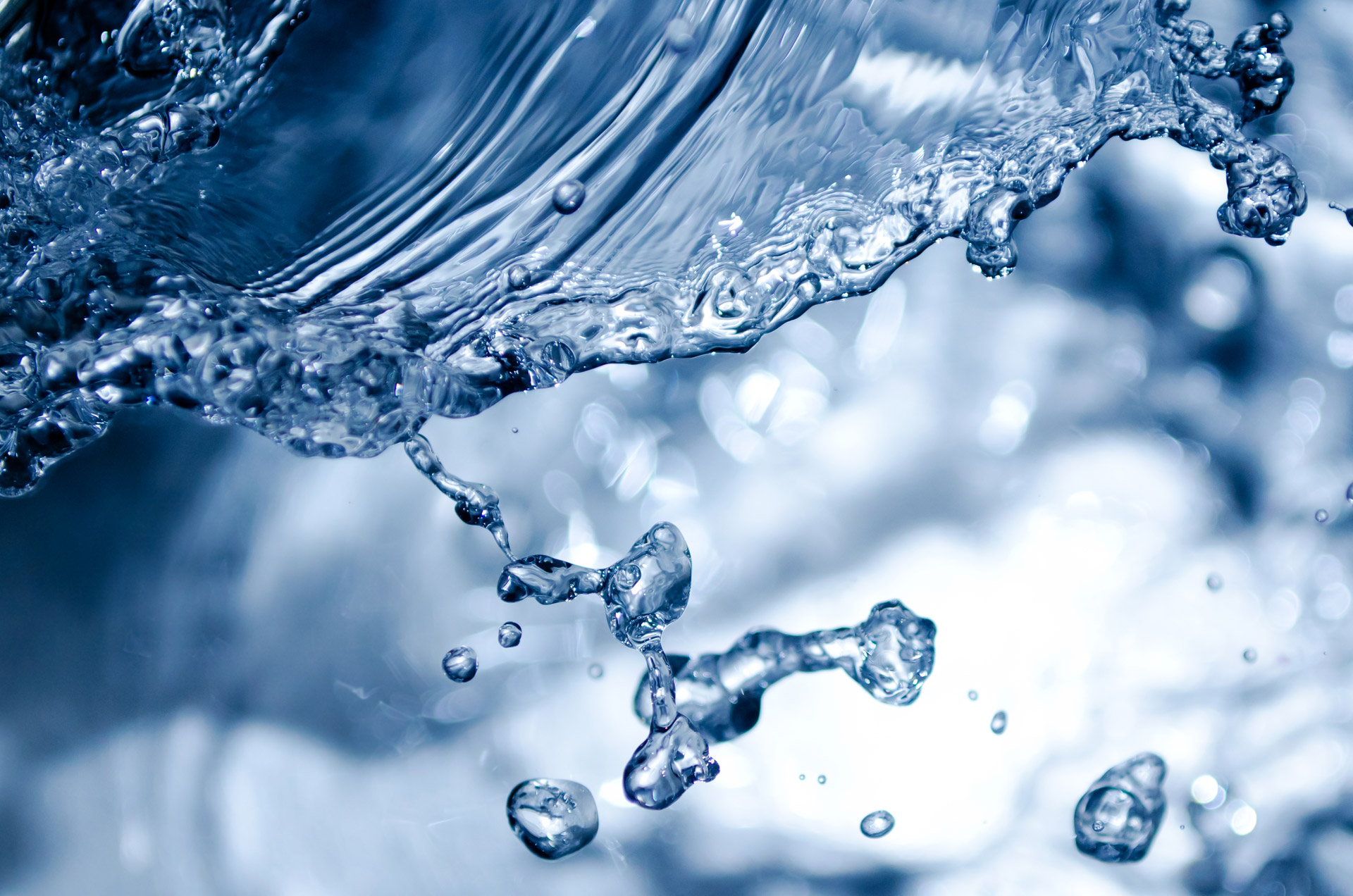When it comes to the integral operations of a vehicle’s engine, the water pump plays a pivotal role in ensuring optimal performance by circulating coolant throughout the engine system. A malfunctioning water pump can lead to overheating, which, in turn, can cause catastrophic failures. Consequently, understanding the duration and intricacies involved in replacing a water pump can be invaluable for vehicle owners. Below, we explore the composition of the replacement process, including the factors that influence the time required to complete the replacement.
Understanding the Water Pump’s Functionality
Before delving into replacement specifics, it’s crucial to grasp what a water pump does. Essentially, it is responsible for transferring coolant from the radiator to the engine and back. This continuous flow maintains an optimal operating temperature, preventing overheating and sustaining the engine’s integrity. The water pump can fail due to various reasons, such as wear and tear, a worn-out impeller, or even a leaky seal. Recognizing the signs of failure—such as coolant leaks, engine overheating, or a whining noise—can prompt timely intervention.
Factors Impacting Replacement Time
Several elements can influence the time required to replace a water pump. These include:
- Vehicle Make and Model: Different manufacturers design their engines with varying degrees of accessibility. For example, water pumps in compact cars may be easier to reach, whereas trucks and SUVs might require extensive disassembly.
- Type of Water Pump: There are several types of water pumps, including mechanical, electric, and gear-driven pumps. Electric water pumps can sometimes be simpler to replace, while mechanical ones may necessitate more complex steps.
- Skill Level: A seasoned technician may complete the task more promptly than a novice. Experience often leads to a more efficient process, minimizing potential complications along the way.
- Availability of Tools and Parts: Having the right tools on hand can significantly affect the time involved. A well-equipped garage can streamline the process, while a lack of necessary tools can lead to delays.
- Additional Repairs: Upon inspection, other issues may arise, such as a cracked radiator or corroded hoses. Addressing these additional repairs will invariably prolong the overall process.
Typical Replacement Duration
The range for how long it typically takes to replace a water pump can vary widely. On average, the task often falls between two to four hours. For individuals with intermediate mechanical skills working on simpler vehicles, the replacement can be done in as little as two hours. However, for complicated systems that require significant disassembly, particularly in larger vehicles, the duration may extend up to six or more hours.
Step-by-Step Replacement Process
To give an insightful overview, let’s outline the standard steps involved in replacing a water pump:
- Preparation: Gather the necessary tools, which typically include wrenches, screwdrivers, pliers, and a coolant drain pan. Ensure you have a replacement water pump ready to install.
- Drain the Coolant: Place the drain pan under the radiator and open the drain valve. This step requires allowing the engine to cool thoroughly to prevent burns.
- Remove Protective Covers: If applicable, take off any covers or shields that obstruct access to the water pump.
- Take Off Belts: The water pump is often attached to the engine via a serpentine belt. Loosen and remove this belt carefully, noting its routing for reinstallation.
- Detach the Old Water Pump: Unscrew the mounting bolts. It may be necessary to tap the pump gently with a mallet if it is seized by corrosion.
- Clean the Surface: Thoroughly clean the mounting surface on the engine block where the pump mounts. Any residual gasket material must be removed to ensure a proper seal.
- Install the New Water Pump: Align the new pump correctly and secure it with the mounting bolts. Follow up with the manufacturer’s specified torque settings.
- Reconnect Belts and Additional Parts: Once the pump is securely mounted, reinstall the serpentine belt and any cover that was removed.
- Refill Coolant: Pour in fresh coolant and recheck the system for leaks.
- Test the System: Start the engine and allow it to reach operating temperature while monitoring for any coolant leaks.
Final Thoughts
Replacing a water pump is a vital maintenance procedure that can prevent further engine complications. Understanding the factors affecting replacement time can empower vehicle owners to make informed decisions when faced with delays. Whether employing a professional service or undertaking a DIY approach, being cognizant of the process improves communication and fosters realistic expectations regarding time and costs associated with this essential task. Vehicle maintenance goes beyond mere repairs; it translates into sustained performance, reliability, and safety on the road.
